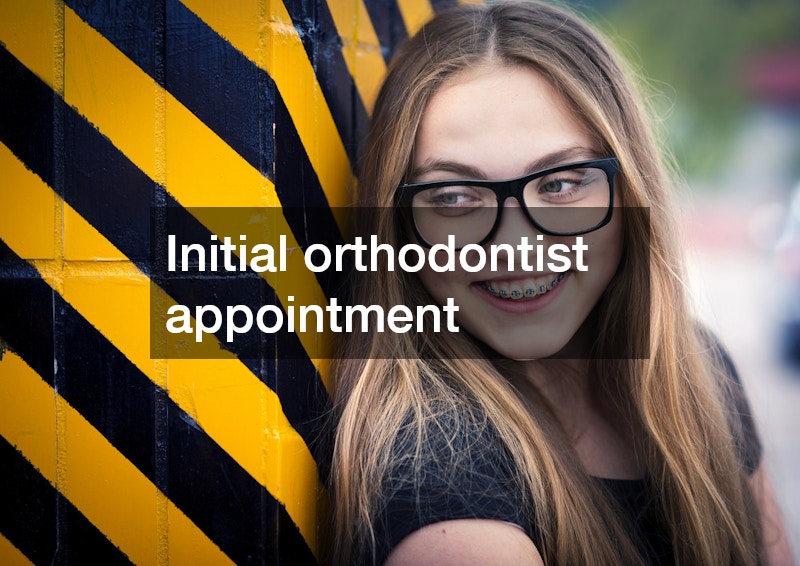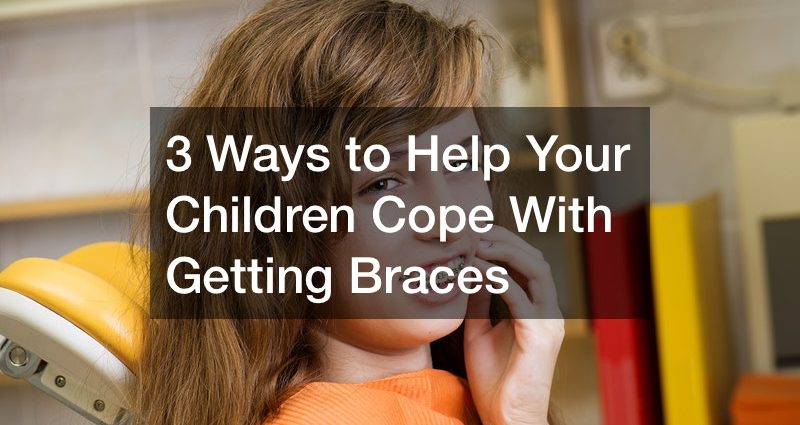
Orthodontists often get asked by parents, “How old do you have to be to have braces?” A child should visit an orthodontist for children at age seven for their first comprehensive examination. If it seems they will need braces, most dentists recommend waiting until the child reaches 10 or 11 years of age. Why is that the best time to put braces on children’s teeth? Read on to discover the answer.

By the age of 10, most children have lost all of their baby teeth and have all of their adult or permanent teeth come in. Between the ages of 10 and 14 years, the jaw bones continue to grow and strengthen. During this time, they’re most malleable and receptive to the straightening effects of braces or Invisalign. These factors shorten the overall time the child needs to wear their braces.

At their initial orthodontist appointment, the dentist may notice issues that need addressing before the child can wear braces. The doctor may suggest extracting rear teeth to make room for the other teeth to move into their correct places once the child gets braces or Invisalign. Now, let’s consider the best braces for kids and how to cope with a child with braces.
When you or your child has teeth that are crooked, you may want to know about braces for kids as well as braces for young adults and even for adults. If you have looked into braces and aren’t sure that you want to go that route, there are also braces that are not visible that can be used for straightening teeth. Using these clear aligner trays can help to move your teeth in the direction they need to go just as well as braces can. These trays are often preferred by patients because they can’t be seen and they will cost a lot less than getting braces.
Can people with straight teeth get braces? Yes, they can get braces to help with gaps between teeth. Clear aligners are also good for this purpose, and they are often considered more comfortable to use. If you want to fix your tooth problems, looking into both braces and clear aligner trays is a great way to become acquainted with them both and how they each work. There are many ways in which these two methods differ, so this research can help you to decide which one of them that you want for your teeth.
Educate Yourselves Together on Types of Braces for Children
Getting braces is common among kids of a certain age, and they’ll no doubt be pleased later in life with their perfectly straight teeth — and all the dental benefits that go along with teeth straightening. But children aren’t famed for their ability to look to the future, making braces a stressful, embarrassing and sometimes uncomfortable process. But as a parent, there are a few things you can do to make getting braces for children a positive experience:

- There are several types of braces for children, and including kids in discussions of which to choose may help them to take ownership of the process and comply with all the requirements. Damon braces and ceramic braces both offer more discreet options for kids worried about how they’ll look. But if traditional metal braces are the best choice according to your dentist, try to get your child excited about showing off their personality with rubber band colors, and never make them feel self-conscious about their orthodontia.
- Focus on the Foods they Can EatOne of the biggest challenges of getting braces is changing a child’s diet to exclude foods that can damage or get stuck in braces. Try to help your child find new favorite foods, or new ways to eat their favorite foods. For example, apples can be made into apple slaw with a vegetable peeler. Place more emphasis on trying new, delicious foods than on bemoaning dietary restrictions and encouraging them to count down until the day they can eat freely again.
- Try to Mirror Behavioral Requirements
 Getting braces comes with learning some new routines, and some of them can seem extremely burdensome to a 10-year-old. One way you can help is by joining in and doing them together, rather than just reminding them of the rules (which can feel like nagging, adding relationship stress to all the other changes they’re undergoing). If your child needs to spend more time brushing and flossing, view it as an opportunity to improve your dental hygiene routine as well. When your child needs to stop eating popcorn, have everybody choose an alternative rather than having big bowls of forbidden foods around for family movie night.
Getting braces comes with learning some new routines, and some of them can seem extremely burdensome to a 10-year-old. One way you can help is by joining in and doing them together, rather than just reminding them of the rules (which can feel like nagging, adding relationship stress to all the other changes they’re undergoing). If your child needs to spend more time brushing and flossing, view it as an opportunity to improve your dental hygiene routine as well. When your child needs to stop eating popcorn, have everybody choose an alternative rather than having big bowls of forbidden foods around for family movie night.
In general, try to empathize and shape your responses accordingly. Your initial instinct may be to focus in on the fact that you’re paying out quite a bit of money for a treatment your kid isn’t appreciating, but you can protect your relationship (and perhaps even get better results) if you take a deep breath and remember that your child may be frustrated and in need of support.
Do you have any tips for easing the process of getting braces for your children? Share in the comments.
Continue reading here: www.bullmooseorthodontics.com


